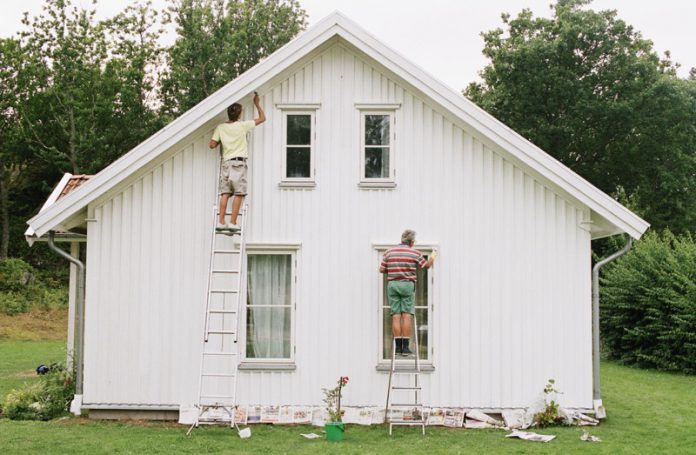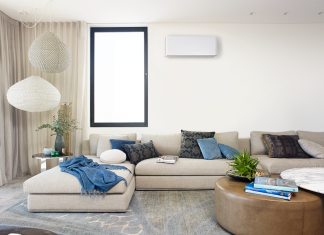Before you paint your wall surfaces, you first need to carry out a weather forecast. The weather conditions are vital when it comes to decorating your walls. Both the exterior and interior painting needs a better understanding of the change in weather conditions. Failure to understand the conditions can lead to poor results hence making your house lose the glossy look. A perfect understanding of the weather conditions for painting the exterior will act as a guide to ensure you achieve your desired outcome.
Here is an overview of the perfect weather conditions for exterior painting.
Wait for low wind speeds
High wind speed is not ideal for exterior painting as the wind can fling debris around the painted surface. The wind also makes the paint dry at a faster rate hence making it difficult to paint. High wind speed can also be an indicator of change in temperature which is also a threat to exterior painting.
Paint when there are no rains
Pick a day that shows no signs of rain. Forecasts can help you determine the possible days when it will rain. Rain can extremely ruin the exterior paint making you make a huge loss especially when the painting covers large exterior surfaces. If you have to Paint after the rains, make sure the surfaces hit by rain are dry. Give them enough time to dry up before applying the paint. Failure to do so can result in cracking, blistering, and even flaking. This is common with exterior wooden surfaces.
Consider the optimal temperatures
Painting during low or high temperatures makes it impossible for the paint to bind well. It becomes difficult for the paint to adhere to the surfaces very strongly. If the paint does not stick well on the surfaces, it will peel off very fast. The ideal moderate degree range for exterior painting is approximated to be 35. High temperatures increase the levels of humidity which interferes with the drying rate of the paint. At low temperatures, the paint tends to become more viscous. The ideal temperature for exterior painting can also be based on the type of paint you intend to use. For instance, if you are using oil-based paints the painting temperature ranges between 40-90. When using latex-based paint, you should paint at 40-70 degrees.
Avoid painting in direct sunlight
Direct sunlight causes the paint to dry at a faster rate making it impossible for the surface to absorb the paint as required. Excess sunlight deteriorates the binding agents and pigments of the paint. This causes the chalking, fading and even erosion of the paint making the surface look old. It is always advisable to paint the external areas during the early hours of the day before the surface becomes too warm. Painting under direct sunlight will result in a poor application of the paint.
Final words
In conclusion, a better understanding of the weather conditions enables you to have the perfect exterior painting. The above article clearly illustrates the favorable weather conditions you should consider. In case you find it difficult to get the perfect condition, you can always consult an expert for guidance. You can go for an expert in weather forecasting or visit a reputable paint dealer.














